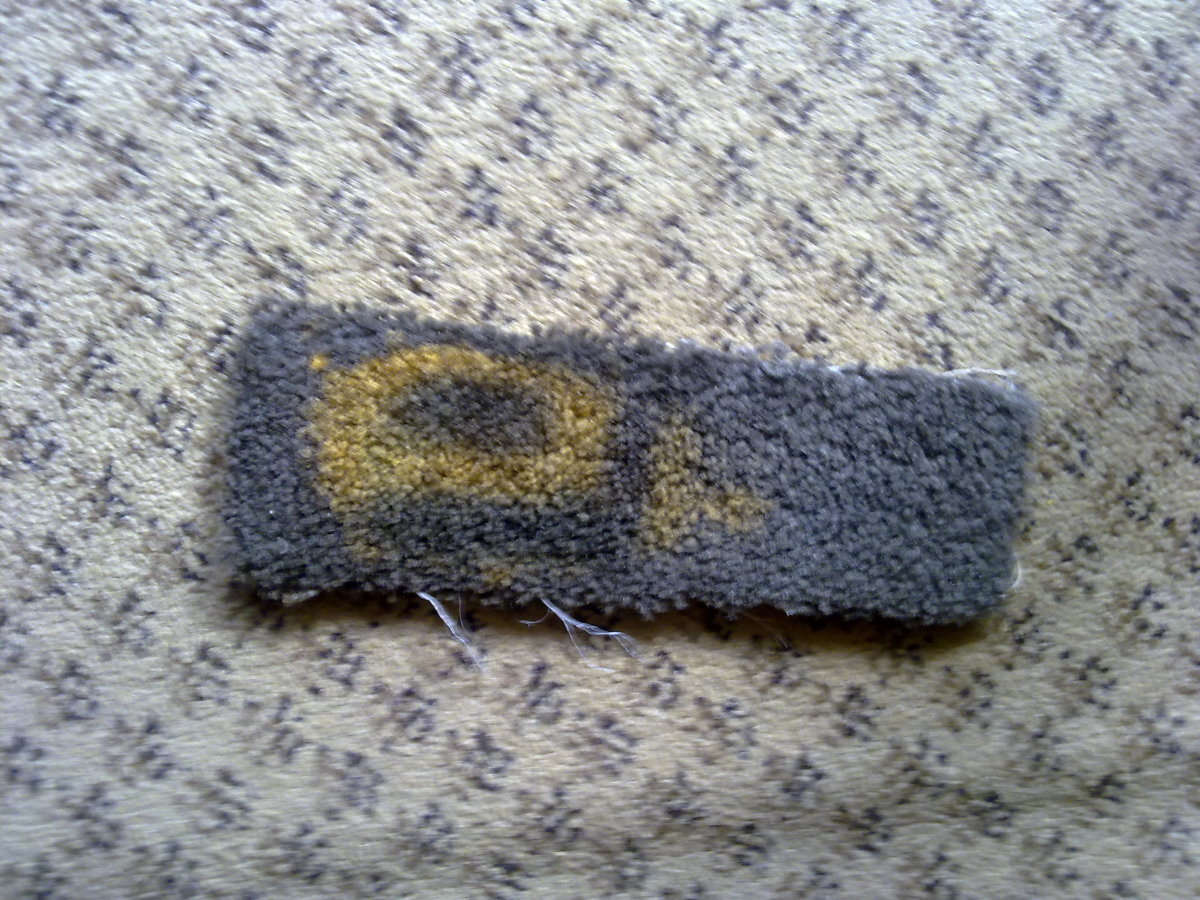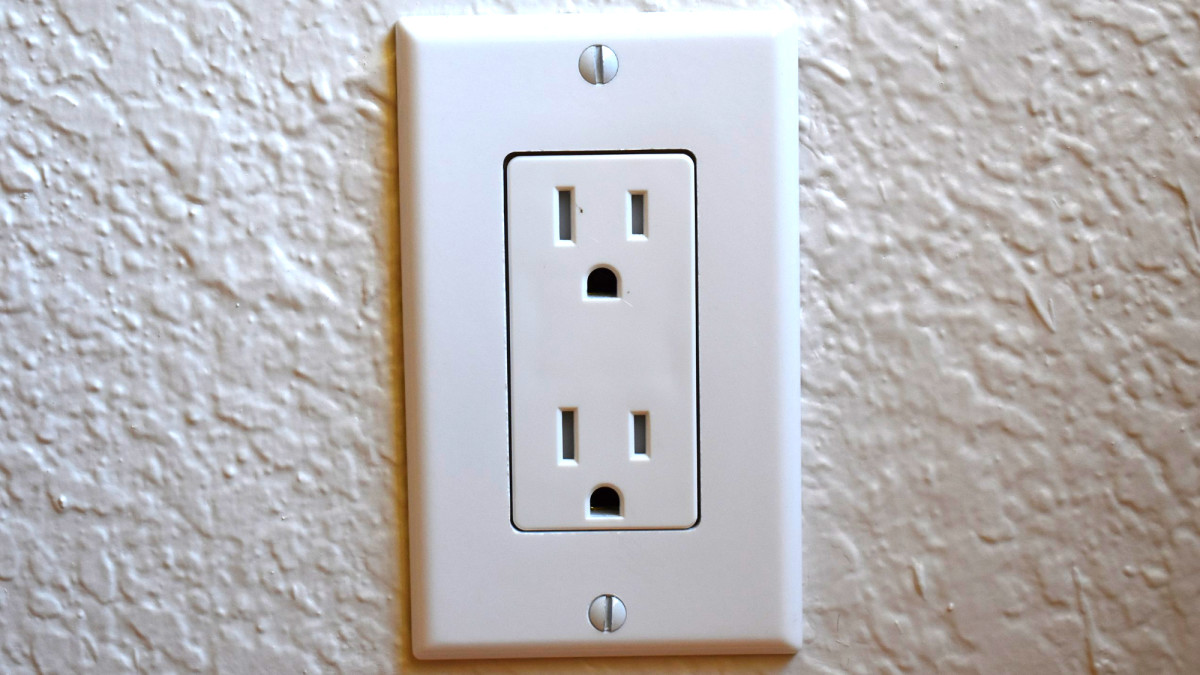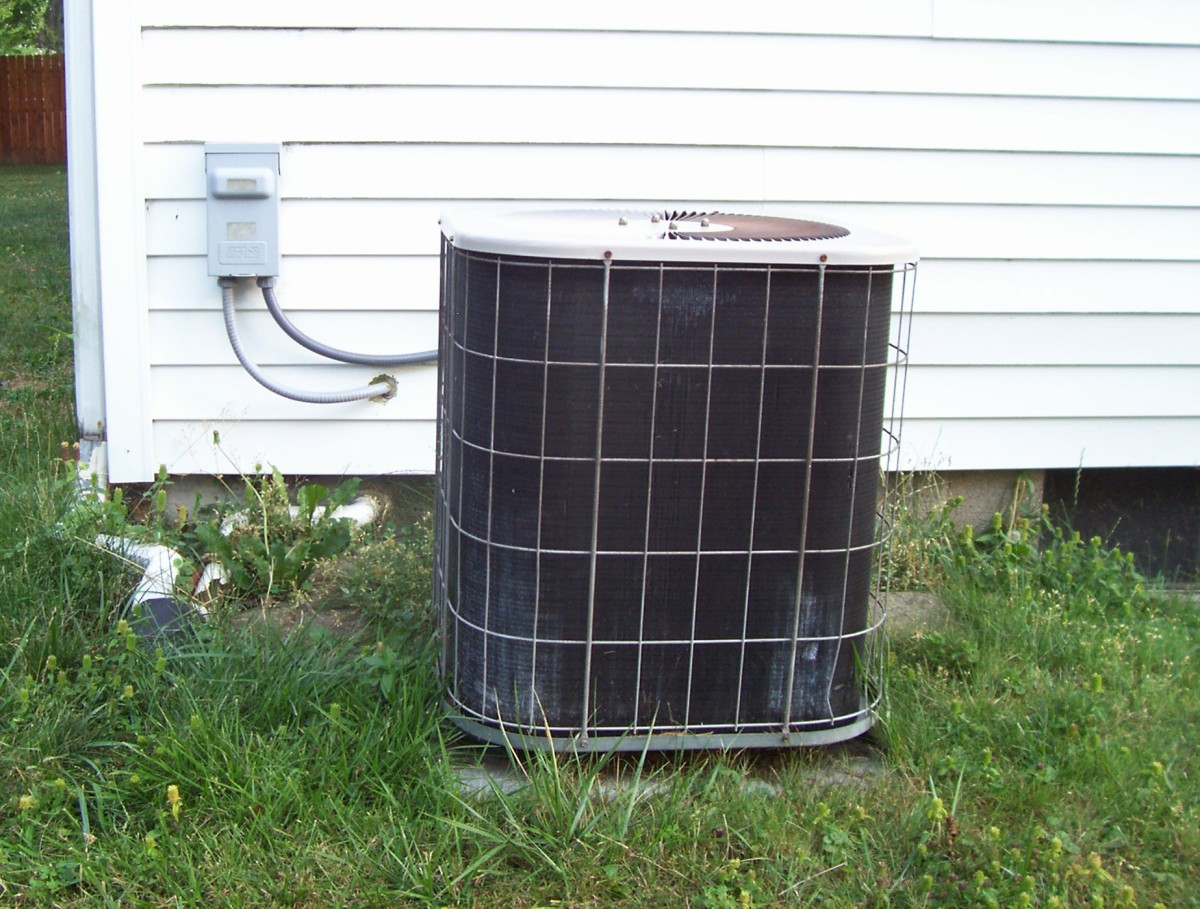Choosing the Perfect Carpet for Your Home
Although wood, laminate and tile floors are extremely popular, carpet still plays a valuable role in home decorating. Carpet is one of the most affordable flooring options available. It provides sound insulation and keeps our tootsies warm during the winter. Carpets also provide texture, comfort and color to a room.
There’s nothing worse than getting your brand new carpet installed only to find out six months later you’ve made the wrong choice. Protect your investment by purchasing carpet that best suits your family’s lifestyle, budget and long-term needs.
Types of Fibers
- Wool would probably be your most expensive carpet option. It is super durable and provides a luxurious feel underfoot. It is a natural fiber and provides a comfortable option for homeowners looking for eco-friendly flooring. One of the main drawbacks is ease of cleaning. Wool and spot cleaning chemicals are not compatible. Carpet cleaning by a reputable company that specializes in wool is your best bet. If you have kids and pets you may want to look into synthetic versions.
- Nylon fibers are one of the most common used in making carpets. They are noted for their durability, comfort and stain resistant properties. Nylon carpets are great for high traffic areas. Avoid using them in areas with high moisture content such as bathrooms and kitchens. Certain types of nylon carpets can even be used in covered outdoor situations. Just make sure the label indicates they are safe for indoor and outdoor use.
- Polyester is similar in durability and feel to nylon carpets. It is also a stain resistant but has a tendency to attract dirt especially after spot cleaning. Use polyester carpet in guest rooms and areas that receive minimal traffic.
- Olefin fibers are extremely popular and with good reason. They hold up to years of abuse, resist moisture and are impervious to cleaning chemicals. The only drawback is comfort. Olefin fibers are more coarse than other synthetics so they might feel a bit scratchy when compared to other carpet fibers.
- Grass-based fiber carpets are another natural and eco-friendly option to synthetic carpets. They are strong, sustainable and anti-static, which is an important factor during the winter and in climates with low humidity. You won't worry about getting shocked every time you walk across the carpet. They do cost more than synthetic carpeting but if home and family health is a concern the extra cost is worth your peace of mind. You can choose from beautiful grass fibers such as jute, seagrass and sisal. These natural fiber carpets look great in casual and modern interiors.

Carpet Construction
The way in which a carpet is manufactured impacts its appearance and durability.
Tufted carpet is the type you will see most often. It is constructed using high speed machines that create fiber loops and stitches them through backing fabric. Once the loops are completed a second layer of backing material is applied for added stability. The manufacture of tufted carpet is efficient and much less expensive to produce.
Woven carpet is produced much in the same way as woven fabric. The pile, warp and weft yarn fibers are interwoven on a loom. Some of the better-known woven wool carpets are manufactured in England and are extremely expensive. However, they do provide a wide range of design and customization options.
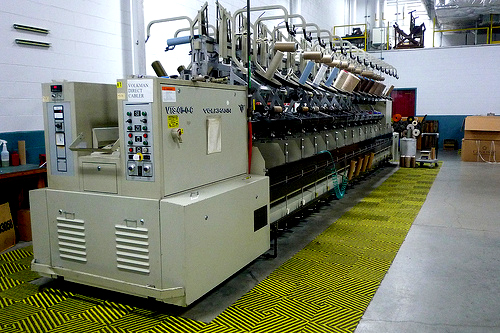
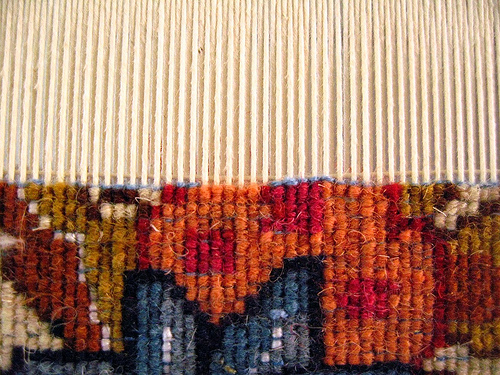
Styles of Carpet
- Cut pile carpets are the easiest to identify because their dense fibers are usually trimmed to the same length to create a “plush” effect. Many manufacturers refer to their cut pile carpets as plushes. Saxony is a popular type of cut pile carpet. It features an even cut pile and is extremely dense. This traditional carpet style is susceptible to vacuum cleaner trails and footprinting. It is a great choice for bedrooms and formal living rooms and other areas with light traffic.
- Frieze is a type of textured carpet that features twisted fibers that curl at the surface of the pile creating a textural look and feel.
- Berber carpets have bulky fibers cut at various lengths consisting of big and small loops with specks of darker yarn interspersed among light colors.
- Cut and loop carpet is commonly known as sculpted carpet. The surface consists a combination of large areas of cut ends and large areas of loops giving the finished product an undulating, sculptural appearance.
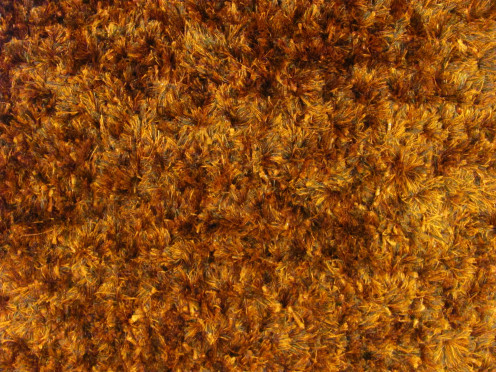
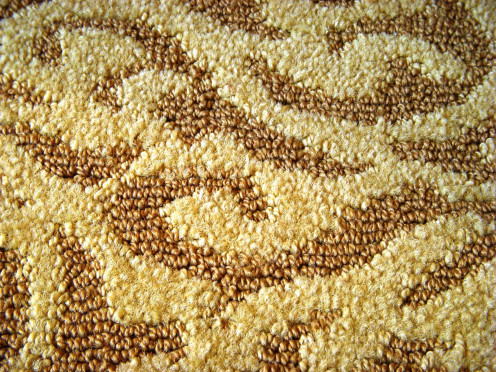
Room Use and Traffic
One of the most important things to consider other than budget is the intended use of your carpeted rooms. Determine if your room is formal or casual and the amount of traffic. You will need to think about each room’s demands.
If you are using different types of carpet in each room you will should try to achieve a consistent look and color throughout. A carpet professional will be able to help with options that looks similar as your eye travels from one space to another.
For example, if you have children or pets you might want a dense, durable carpet that withstands spills and accidents and can be regularly spot cleaned. Use this type of carpet in heavily lived-in areas. In guest rooms and other low traffic areas you might be able to get away with a lesser-priced carpet with the same general look, feel and color.
Important Carpet Buying Tips
- Before you buy, always check the density. Examine the pile by taking a sample and bending it back. If you can easily see the backing the carpet may be of inferior quality and is not a good investment.
- Make sure your carpet fibers are twisted tightly. Lesser-grade carpeting will have loose twists that will break down quickly.
- Always comparison shop. Choose a few carpet brands and styles that you like and see which store has the best price. Also ask what they charge for padding and installation to make sure you’re getting the best deal.
- Spend as much as your budget will allow. Quality carpet is an investment that pays over the long haul. High quality, well-made carpets have an average lifespan of 15 years.
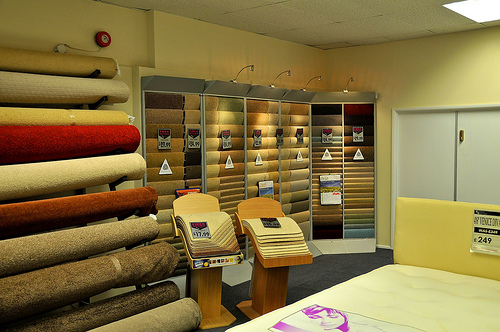
Ever wonder how they make carpet?
© 2012 Linda Chechar

